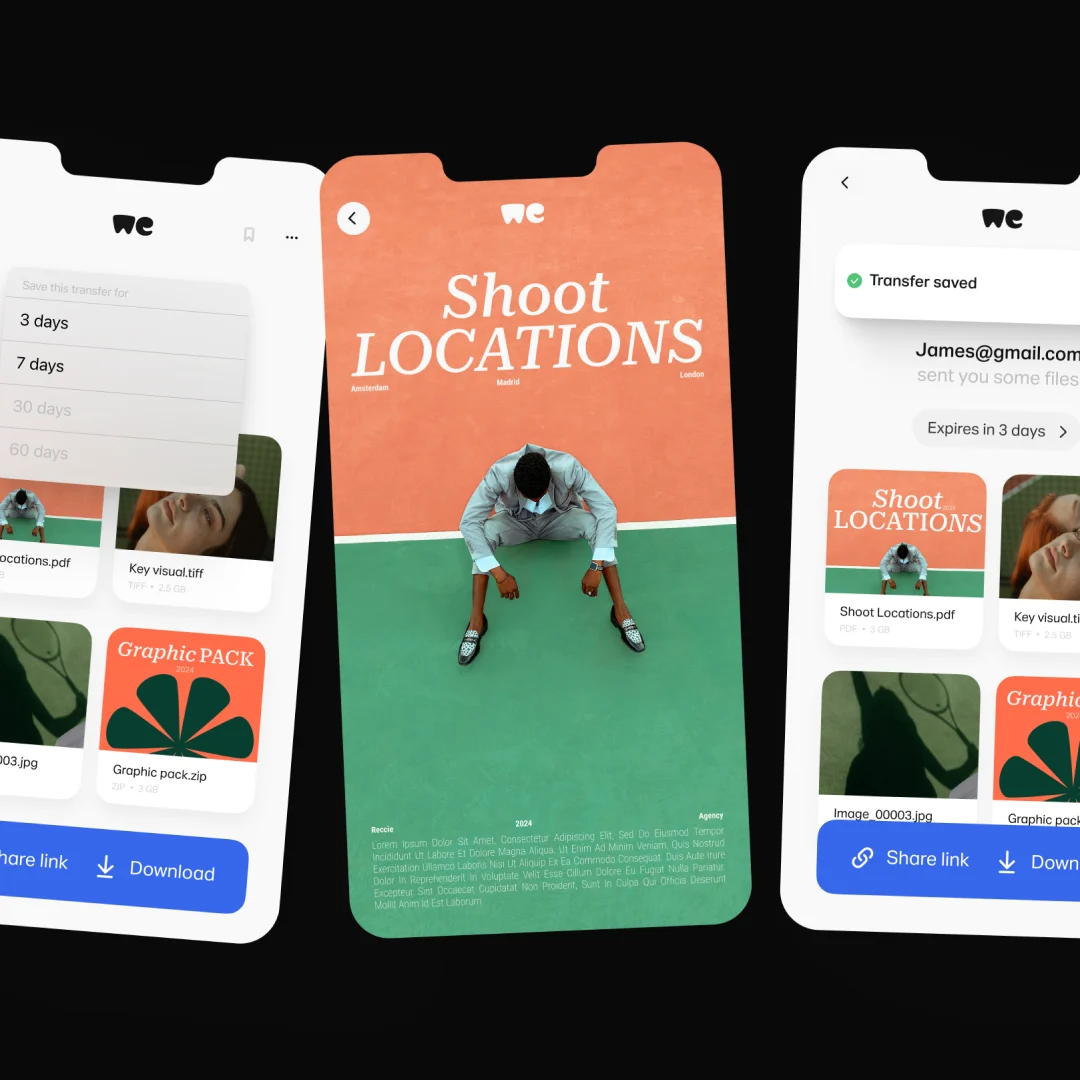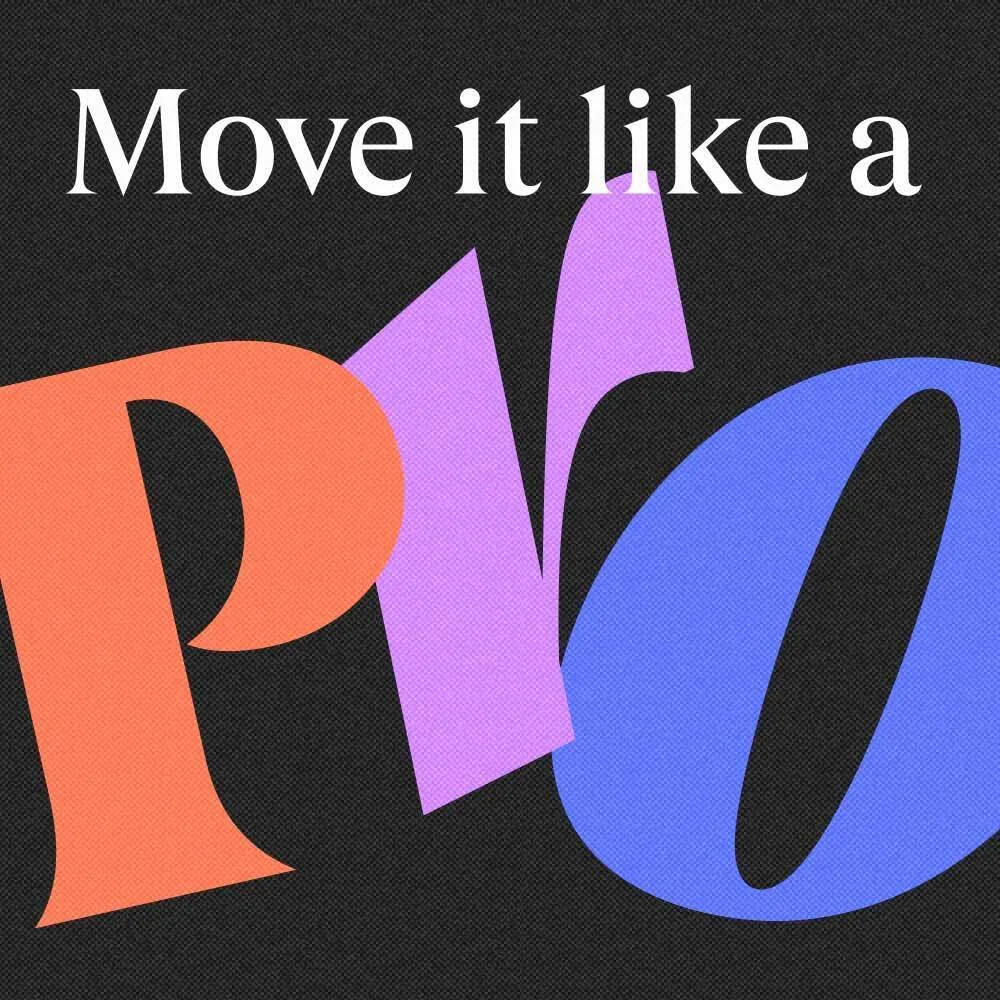We’re going to need a smaller shoe
How we’re planning to reduce our carbon footprint

We’re really excited to report that we‘ve just received our Climate Neutral Certification. It’s a vital first step on our sustainability journey, and you can read all about it here. We’ve learned a lot along the way, and we feel it’s important to be honest about the challenges we’ve encountered.
In particular, as a cloud-enabled technology company, we’ve struggled with the lack of clarity and transparency around energy consumption by data servers. Breaking down their energy usage to individual companies is a major challenge for cloud providers, but we, like all tech companies, need a clearer view of that breakdown in order to achieve Climate Neutral status.
After a lot of work and with help from our partners at Climate Neutral Group and Sustainalize, we’ve reached a reliable total, drawing on data from suppliers, industry peers, and the International Energy Agency. In doing so, we’ve discovered that over 80% of our energy consumption comes via data servers, and that our carbon emissions from this source - higher than we had assumed before we began this detailed work. It’s been a salutary lesson, but an important one. And it’s not going to stop us from reducing our emissions by 30% over the next five years. Why are we telling you this? Because, about the climate crisis of all things, it is vital to be transparent. We need that transparency throughout the entire technology supply chain if we’re going to achieve a sustainable future. And we need it to keep everyone focused on that crucial goal.
That’s why we also want to keep working hard to make it easier for others to follow in our footsteps, collaborating with cloud providers to discuss technical solutions and offering to convene other fast-growth firms like us which face similar challenges to support this process.
At WeTransfer we believe creativity has the power to change the world – which is why we’ve spent the last ten years proudly supporting artists we admire and causes we care about. To date we’ve donated more than $300 million in advertising space to give creative communities a much-needed platform while raising awareness for issues like gun control, climate change and net neutrality.
We’ve built a business with empathy at its core, prioritizing the relationship we build with our community above all others. In fact we even published an in-depth whitepaper on the subject, exploring how businesses can and should be working with their local communities.
But now we want to take our efforts further than local, we want to extend our empathy and our social impact to the whole planet. This means rethinking the way we do business to become a more responsible and more sustainable organization.
If you’ve been following our sustainability journey you’ll know WeTransfer is working towards becoming a certified B Corporation. With B Corp status we’ll join companies like Patagonia, Ben & Jerry’s and The Guardian, who balance people, planet and profit to use business as a force for good.
As part of the thorough B Corp assessment we had to offer up data on our environmental impact as a company and, honestly, we struggled with the findings. It was clear we needed to do something about our carbon footprint, so we partnered with Sustainalize and Climate Neutral Group and got straight to work.
The result is this. An ambitious plan to cut our carbon emissions – starting with carbon neutrality by the end of 2020, and a pledge to reduce our emissions by 30% by 2025.
What does this actually mean?
Good question. Let’s backtrack a little and cover the basics, starting with the carbon jargon.
Carbon neutral Being carbon neutral means taking action to remove as much carbon dioxide from the atmosphere as we put into it (usually through carbon offset schemes but ideally without). This is also known as having a net zero carbon footprint.
Carbon offsetting Carbon offsets are a form of trade. When we buy or invest in an offset, it means we’re funding projects or schemes that reduce greenhouse gas emissions – mainly carbon dioxide.
Although it sounds peachy, some offsetting schemes simply avoid emissions, instead of removing carbon that’s already been emitted. E.g. Paying somebody to not cut down a tree, instead of paying them to plant ten more. But even in doing the latter (which is imperative for everyone), it’s not enough to address the climate crisis. We need to be actively removing carbon dioxide from the atmosphere – which brings us to our final definition...
Carbon negative Being carbon negative means going beyond net zero to actually remove carbon dioxide from the atmosphere. (Pretty neat, huh?)


So how do we get started?
It starts with choosing the right partners. Long before we started thinking about B Corp status, we started working with Doteveryone to internally define what a responsible approach to business, growth and data looks like for WeTransfer.
From the start, we established a set of principles to guide our decision-making process: people first, creativity second, technology third. WeTransfer has always prioritized bringing offline values – like trust, transparency and ethics – online. It’s why we have a responsible data policy, why our tools don’t distract people from their flow and it’s why we do things differently when it comes to advertising.
So when we started looking for partners to assess our environmental impact, it was important they shared these same values. Luckily we found the perfect fit with Sustainalize and Climate Neutral Group. Not only were both partners vital in navigating our B Corp assessment, but they’ve produced an in-depth sustainability report showing where WeTransfer stands currently, and what we can do to be better.
Right, so let’s break down the report
To get a better understanding of where we’re at now in terms of carbon emissions, we needed to do a bit of “carbon math.” These mathematical concepts are common practice when measuring our carbon footprint, whether as an individual or, like WeTransfer, as a business.
We won’t get into all of the equations, instead let’s focus on one in particular: the scope approach. Scientists account for and measure carbon emissions by splitting them into three different categories, or scopes.
Scope 1 emissions come directly from the sources or activities we own and control, like the exhaust from our cars. For us, these emissions largely come from the gas we use in our offices.
Scope 2 emissions come (indirectly) from the energy we purchase and consume. So that’s the heat and electricity we use to run our offices in LA, London, New York and Amsterdam.
Scope 3 emissions come from all other activities in our business and production chain. For businesses these sources are often extensive and include everything from employee or company travel to the food we serve and the products we clean with. It also includes the emissions other people generate when using our tools. For us, these emissions largely come from our data centers, which require a lot of electricity. This means a company’s scope 3 emissions are often much bigger than its scope 1 and 2 emissions put together.
When considering all three scopes, our emissions in 2019 gave us a carbon footprint of 2347 tonnes. To help wrap our heads around this, we’ve come up with some equivalents:


The first hurdle: becoming carbon neutral
Now we’ve crunched the numbers, it’s time to make some changes. This leads us to our first challenge: to come out of 2020 as a carbon neutral company.
We’re already looking at offsetting our emissions, choosing the right Verified Carbon Standard (VSC) or Gold Standard (GS) programs to invest in within the Climate Neutral Group. These are the highest standard of offset programs and help improve the lives of local populations and regions they live in.
However, offsetting is not enough. While it is imperative to balance our emissions, we know that in the future we need to be actively removing carbon dioxide from the atmosphere – which leads us to our five-year plan...
The big goal: cutting our carbon by 30%
Truly, our big goal is to become a carbon negative company (and when we say big, we mean colossal). It’s an ambitious statement, so we’re breaking it down into achievable sub-goals, starting with reducing our carbon footprint by 30% by 2025.
In addition to reducing our energy use, to reach carbon neutrality by the end of 2020 we'll have to rely on offset programs. But with each year that follows we’ll rely less and less on offsetting and focus on cutting our carbon emissions instead. And with our ambition to grow WeTransfer as a company by around 30% year on year, this is a big ask. Luckily, we like a challenge.
By 2025 we’re confident we can slash our carbon footprint by 30%. That’s almost a third of our emissions we’ll no longer need to offset – because they’ll simply no longer exist.
There’ll be big changes to make and hard work to put in, but when it comes to the future of our planet, it’s a no-brainer. And if we can set an example to other tech companies along the way – even better. With that in mind, here’s how we’re getting started:
Using renewable energy sources to power the WeTransfer HQ
Changing up our work schedule so it requires less commuting and less business travel
Making intelligent and sustainable purchases – we’ve already established a sustainable purchase policy which we’ll expand over time
Empowering our employees to get involved and do what they can – we have an internal sustainability group who help implement new schemes and ideas around the office
A pledge to the planet
Sustainability is not black and white. There’s a lot of trade-offs we need to make to keep reducing our carbon footprint, but part of being a responsible business is being honest and transparent about those decisions. We want our users, partners and communities to have a clear understanding of the impact we have, as a tech company but also as an advocate for the environment. We’ll publish our progress in annual sustainability reports and keep sharing news on our own platforms too.
Setting an ambitious goal always feels a little scary, but the important thing – like with all creative endeavours – is just to get started. Because when you say things like “creativity has the power to change the world,” you’ve got no choice but to start changing it.
Illustrations by Daniel Liévano
Related articles
 Save for now. Get to it later
Save for now. Get to it laterNever stress about expired links again. Discover how WeTransfer's ‘save for later’ feature lets you store and access important files whenever you need them.
 Unleashing our next era of growth, with Bending Spoons
Unleashing our next era of growth, with Bending SpoonsWeTransfer joins the Bending Spoons portfolio of digital businesses
 Share big files from the same place you create them
Share big files from the same place you create themWeTransfer Teams Up with Adobe to streamline content sharing with new add-on for Adobe Express
 Being the best we can B
Being the best we can BHow our business is helping us make an impact—and why we’re letting the world know all about it.
 Behind the scenes with WeTransfer and Tribeca Festival
Behind the scenes with WeTransfer and Tribeca FestivalWhy we partnered with the iconic film festival for our latest short film launch
 Get Partner Perks with WeTransfer: Unlocking Creativity Together
Get Partner Perks with WeTransfer: Unlocking Creativity TogetherNew partner benefits and discounts exclusively for WeTransfer Pro subscribers
 Set a price, share your work, and get paid with WeTransfer
Set a price, share your work, and get paid with WeTransferIntroducing a simpler way to get paid for client work and make money from your creativity
 “Move it like a Pro” campaign highlights simple tools that help creators
“Move it like a Pro” campaign highlights simple tools that help creatorsA behind the scenes look into WeTransfer's latest brand campaign
 New Rules: Inspiring creatives at a difficult time
New Rules: Inspiring creatives at a difficult timeWe’ve launched a guide to help photographers navigate an industry in flux
 Creating a world? Join our new research project
Creating a world? Join our new research projectSubmit your projects to get published in our new memo, take part in our research and get paid for doing it.
 Making a difference together
Making a difference togetherFive ways we balance people, planet and profit
 Everyone’s Business: Shaping a More Responsible Advertising Future
Everyone’s Business: Shaping a More Responsible Advertising FutureAs the industry moves forward in its effort towards responsible advertising, let’s discuss what it is, what we’ve been doing so far, and what we can continue doing together.
 Our security standard
Our security standardWeTransfer achieved ISO 27001 certification
 Studio Lab 2022: Snapping back at unconscious bias
Studio Lab 2022: Snapping back at unconscious biasTake a conscious trip into awareness with Snap Who. A psychedelic, mind-expanding experience from WeTransfer’s creative studio.
 Designing Ads for All
Designing Ads for AllWeTransfer Advertising is committed to accessibility. Here’s why.
 Indigenous knowledge is crucial to the future of humanity
Indigenous knowledge is crucial to the future of humanityThe O futuro é indígena (the Future is Indigenous) project serves to remind people about the critical importance of indigenous communities across Brazil
 Talk to the Moon: one giant leap for WeTransfer
Talk to the Moon: one giant leap for WeTransferThe story of Talk to the Moon: a wonderfully strange AI experience, brought to life on WeTransfer
 Why we’re giving everyone at WeTransfer Fridays off over the summer
Why we’re giving everyone at WeTransfer Fridays off over the summerIntroducing WeTransfer Time Off: summer edition, with every full Friday during July and August granted as a day off, without changing our work patterns Monday to Thursday or adjusting compensation and benefits
 Season 4 roundup - Influence Podcast
Season 4 roundup - Influence PodcastDuring this season we talk to UK-based fashion designer Harris Reed and Oscar-winning actor, writer, producer and musician Riz Ahmed, plus more
 Season 3 roundup - Influence Podcast
Season 3 roundup - Influence PodcastThroughout this season Damian chats to Ben & Jerry's co-founder Jerry Greenfield and explores what happened behind closed doors at Cambridge Analytica, plus much more
 Season 2 roundup - Influence Podcast
Season 2 roundup - Influence PodcastDuring this season we explore the complexity of being black in America, non verbal communication, plus more
 Season 1 roundup - Influence Podcast
Season 1 roundup - Influence Podcastinfluence-podcast-by-wetransfer-season-1
 B-eing better is no longer optional
B-eing better is no longer optionalAs we publish our second Responsible Business Report, we look at what we have accomplished so far and where we are heading, so we can keep striving to make an even bigger impact
 Behind the B: Storytelling with WePresent
Behind the B: Storytelling with WePresentWePresent features unexpected stories about creativity from all over the world. Here’s how we ensure we’re being as representative, supportive and authentic as possible
 Behind the B: celebrating B Corp month
Behind the B: celebrating B Corp monthIn honor of B Lab’s B Corp month we’re inviting you Behind the B (and, er, the We) to find out what keeps us motivated to be a better, more sustainable business - spoiler alert, it’s you.
 Better Business: what 2021 taught us
Better Business: what 2021 taught usWeTransfer has been doing good for over a decade and a B Corp for more than a year now and here’s what we’ve learned along the way
 Better together
Better togetherThe Climate Emergency is everyone’s problem
 When sustainability is measurable, it's a game changer
When sustainability is measurable, it's a game changerThe SDG Lions Grand Prix winner as a force for transparency in the world of consumption
 Leading the way
Leading the wayOur first responsible business report launches today
 We’re launching our next act
We’re launching our next actSupporting the next generation of creatives
